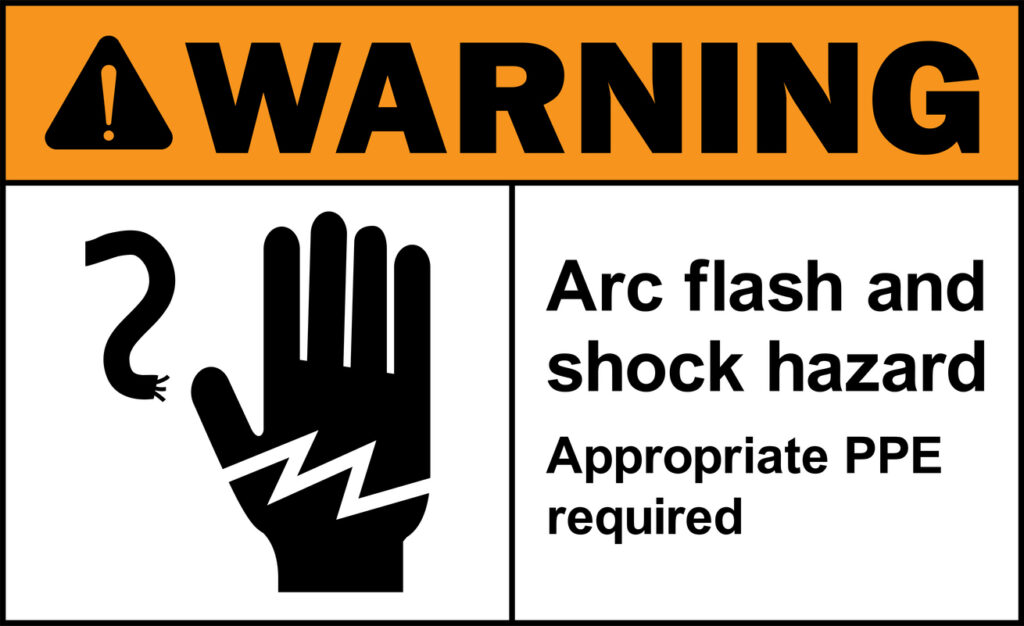In the construction industry, electrical risks, especially arc flashes, pose severe threats to worker safety. Implementing effective arc flash mitigation strategies is crucial to reduce these hazards and safeguard workers on job sites.
What is an Arc Flash?
An arc flash is a violent electrical explosion that occurs when a high-voltage electrical current travels through the air between two conductors. This phenomenon can generate temperatures reaching up to 35,000°F, leading to severe burns, life-threatening injuries, or even fatalities. Improper electrical system installation, equipment failures, and lack of maintenance are the primary causes of arc flash incidents.

Four Key Strategies for Mitigating Arc Flash Risks
1. Risk Assessment and Analysis
The first step in mitigating arc flash hazards is conducting a comprehensive risk assessment. This involves identifying potential arc flash sources, evaluating existing electrical systems, and understanding the specific work conditions on the construction site. By pinpointing high-risk areas, construction managers can focus their mitigation efforts more effectively.
2. Implementing Protective Measures
Arc flash risks can be reduced by implementing strategic protective measures, such as:
- Installing Arc Flash Relays: These devices detect the light from an arc flash and immediately send a signal to trip the circuit breaker, quickly cutting off the electrical supply and minimizing the duration of the arc flash event.
- Using Current-Limiting Fuses: Designed to interrupt the flow of electricity within a fraction of a second, these fuses effectively limit the energy released during an electrical fault, reducing the severity of an arc flash.
3. Regular Maintenance and Inspections
Regular maintenance and inspections of electrical equipment are essential for preventing arc flash incidents. This includes routine testing and examinations of electrical panels, conductors, and protective devices. Ensuring all equipment is in good working condition reduces the risk of faults that can lead to arc flashes.
4. Training and Awareness
Construction workers must be well-informed about the risks associated with electrical work and the importance of arc flash mitigation. Regular training sessions should educate workers on safe electrical practices, the correct use of protective gear, and the steps to take in case of an electrical emergency.
Personal Protective Equipment for Arc Flash Safety
Equipping workers with appropriate personal protective equipment (PPE) is vital. Arc flash PPE includes flame-resistant clothing, insulated gloves, face shields, and helmets, providing a critical layer of defense against the intense heat and potential projectiles generated by an arc flash event.
Conclusion: The Importance of Arc Flash Mitigation Solutions
Arc flash mitigation is a critical aspect of maintaining safety in the construction industry. By implementing risk assessments, protective measures, regular maintenance, training, and appropriate PPE, construction sites can significantly reduce the frequency and severity of arc flash incidents. Ensuring every worker returns home safely at the end of the day is not just a goal but a necessity.
Implementing effective arc flash mitigation solutions not only protects workers but also enhances operational efficiency and preserves the integrity of valuable equipment, making it a sound investment in the long-term success and safety of construction projects.



